Iron Man, the beloved superhero persona of Tony Stark, is one of the most iconic characters in the Marvel universe. With his high-tech armored suits, brilliant engineering skills, and sharp wit, Iron Man has captured the imagination of comic book fans for decades.
However, even the greatest of heroes must eventually fall. Over the years, Marvel Comics has depicted Iron Man dying multiple tragic deaths across different story arcs and alternate universes. His frequent demises reveal the creativity within the comic narrative form, where even the most central characters face turmoil, sacrifice, and mortality. By exploring the varied ways Tony Stark has met his end on the page, we gain insight into the richness of Marvel’s ever-evolving imagination.
The Many Deaths of Iron Man in Marvel Comics
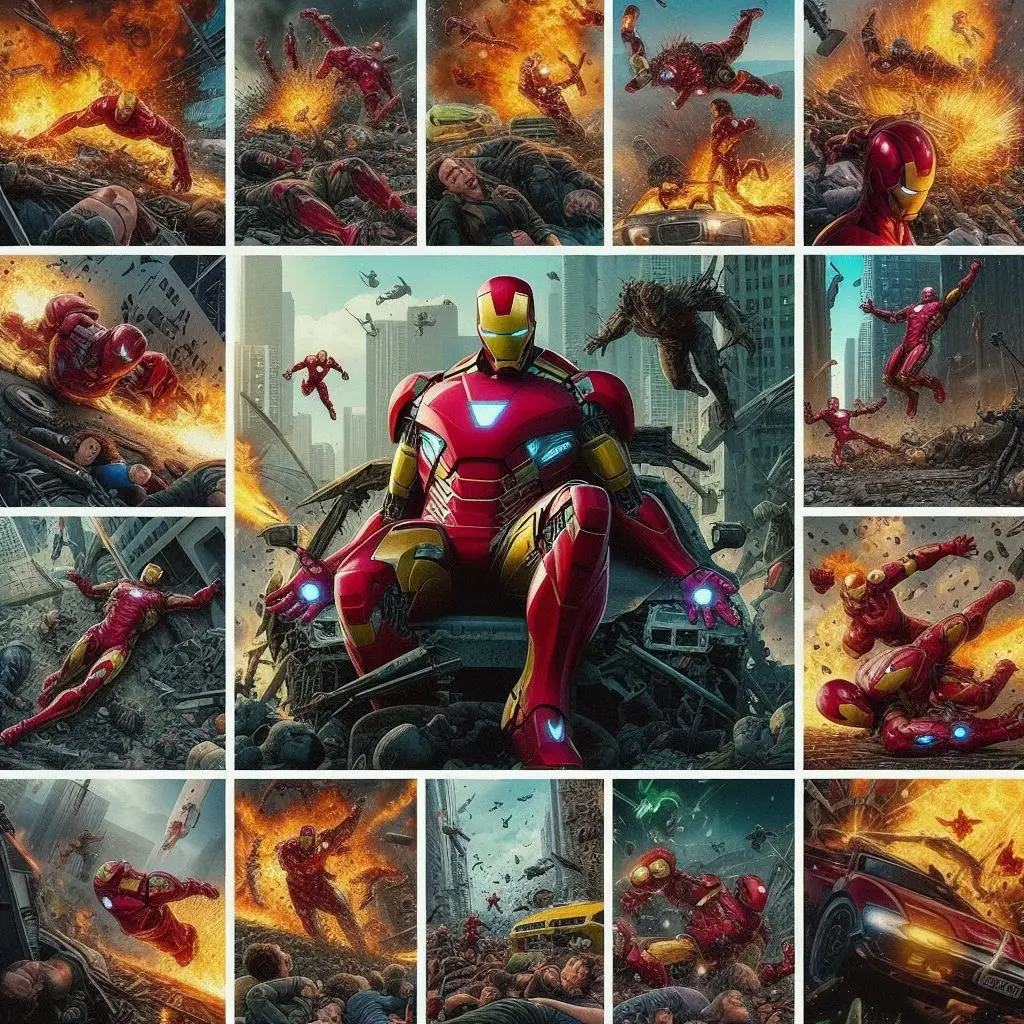
The phenomenon of superhero deaths has become an intriguing mainstay within comic book storytelling. While such deaths are usually only temporary, with heroes returning through convoluted resurrection plots, they nonetheless carry substantial narrative weight. The demise of iconic figures like Spider-Man, Superman, Captain America and more signal monumental shifts in their respective universes. However, Iron Man stands out for the sheer number of times Tony Stark has died across Marvel’s catalogue.
With his high-octane lifestyle of battling villains in dangerous suits of armor, it’s no surprise Iron Man frequently winds up dead or barely clinging to life. Whether crushed by Thanos, betrayed by a fellow Avenger, or infected in a zombie apocalypse, Tony Stark has met his maker in a variety of disturbingly creative ways. His frequent deaths and rebirths reveal how comics use mortality as a plot device for dramatic shifts between statuses quo. Audiences thrill at both the visceral tragedy of Iron Man expiring as well as the catharsis of his return. The restless storytelling imagination behind Marvel leaves no character truly safe.
The Brutal End in ‘Thanos Wins’
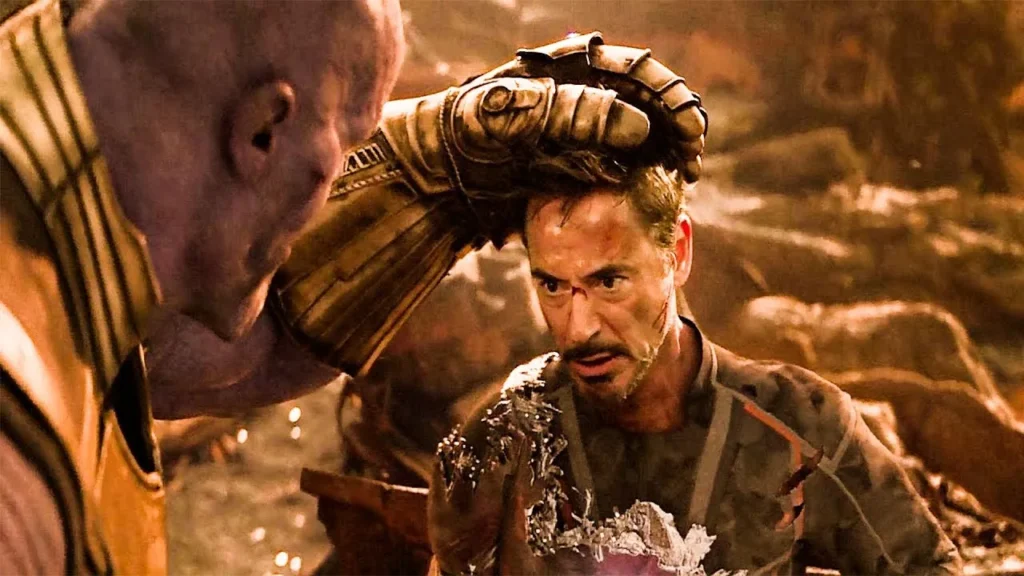
One particularly brutal and shocking demise occurred in the 2017 Marvel crossover event “Thanos Wins” by Donny Cates and Geoff Shaw. As the name implies, the story depicted the genocidal Titan Thanos fulfilling his ultimate goal of exterminating half the life in the universe and defeating Earth’s heroes once and for all. For Iron Man, Thanos opts for a personal touch. After easily swatting aside an armor-less Tony Stark, the mad villain literally tears Stark’s head from his body, holding the severed head high in a declaration of his total victory.
The savage murder of Iron Man reinforced Thanos as Marvel’s most terrifying and dangerous adversary. His sheer power and callousness toward even beloved icons like Tony Stark heighten the sense of threat. At the same time, actually depicting Iron Man’s gruesome death rather than keeping it off-panel also marked a notable shift toward grim brutality. Thanos’ triumph stands out as uniquely impactful given its definitive closure in killing characters that fans previously saw as immortal or invincible. Of course, the horror does not last forever, as more benevolent cosmic beings eventually reverse Thanos’ chaos and restore Iron Man to life. But the imagery of his disturbing demise persists as an icon of Marvel’s darkness.
Tragic Sacrifice in ‘Civil War II’
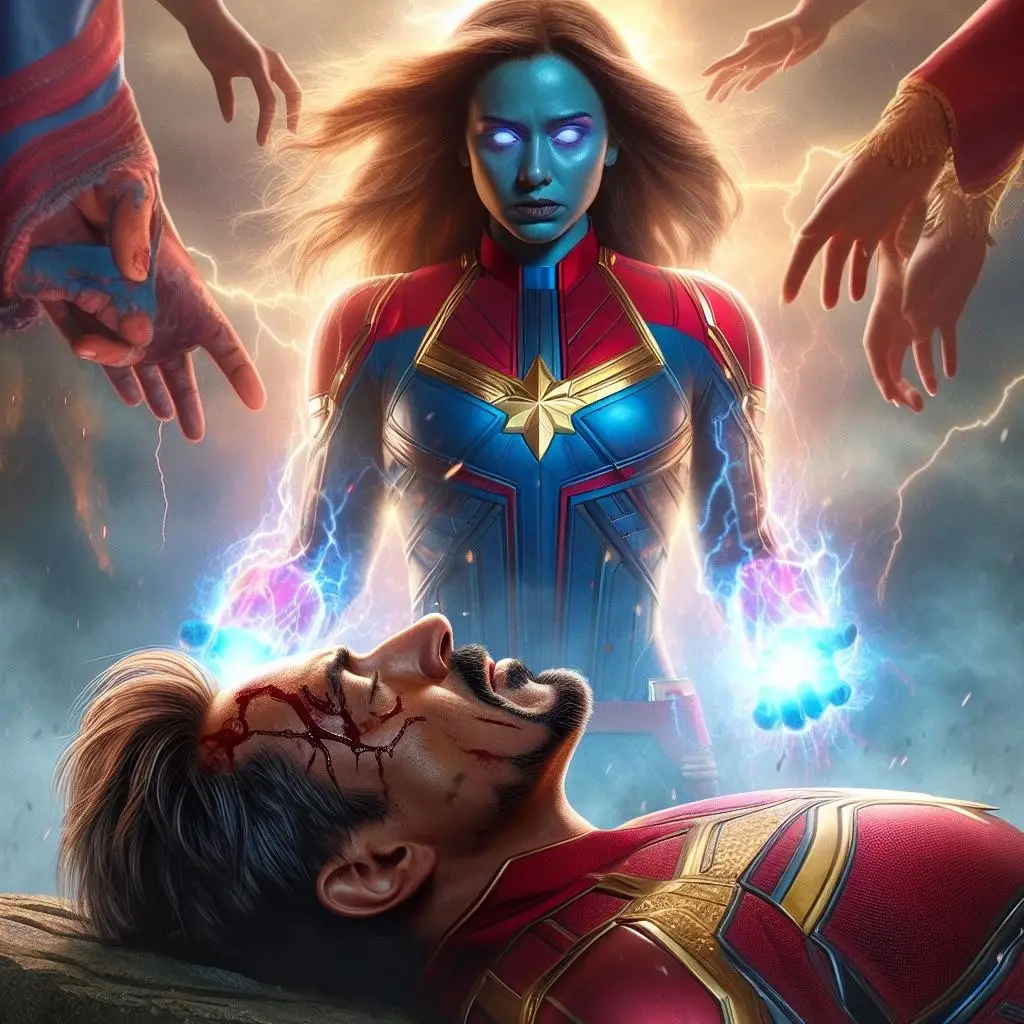
While Thanos represented an external threat imposing death upon Iron Man, Tony Stark has also died at the hands of supposed allies. One emotionally charged instance came in the 2016 “Civil War II” crossover by Brian Michael Bendis. This sequel to Marvel’s original “Civil War” again pitted heroes against each other in ideological conflict, with Iron Man opposing Captain Marvel’s attempts to use predictive powers to stop crimes before they occur. Their philosophies finally collide in explosive tragedy when Captain Marvel intercepts Tony mid-flight and attacks, beating him mercilessly before finishing him pointblank with an energy blast. With his last breaths, Stark activates a dead man’s switch that exposes Captain Marvel’s secret, truly Pyrrhic victory to the world.
Tony Stark’s death at the hands of Captain Marvel, once a trusted colleague, packed a riveting dramatic punch thanks to the rich history and ideological kinship between the two characters. Watching two heroes fight bitterly to the death made Civil War II’s central conflict feel appropriately high-stakes while keeping the lines between righteousness blurry. Captain Marvel commits a fatal breach in ethics out of unchecked zeal, while Iron Man enacts his final revenge at the cost of the moral high ground. Their tragic collision results in no true hero or villain, but rather sympathetic characters whose passions overwhelm reason. In keeping with comic norms, Iron Man eventually returns from his grave, but not before the shocking tragedy stirs ripples of change within the superhero community.
How Does Tony Stark Die in the Comics?
Looking across Marvel’s vast library, Iron Man has died countless times in myriad ways, ranging from valiant sacrifices to warped alternate realities. The recurring death and return of Iron Man reveals how comics use mortality as a revolving door for putting characters through dramatic arcs without permanently removing fan-favorites from the stage. Some notable examples showcase the diversity of imagination in crafting impactful demises for armored avenger Tony Stark.
The Infinity Gauntlet: A Gruesome Demise
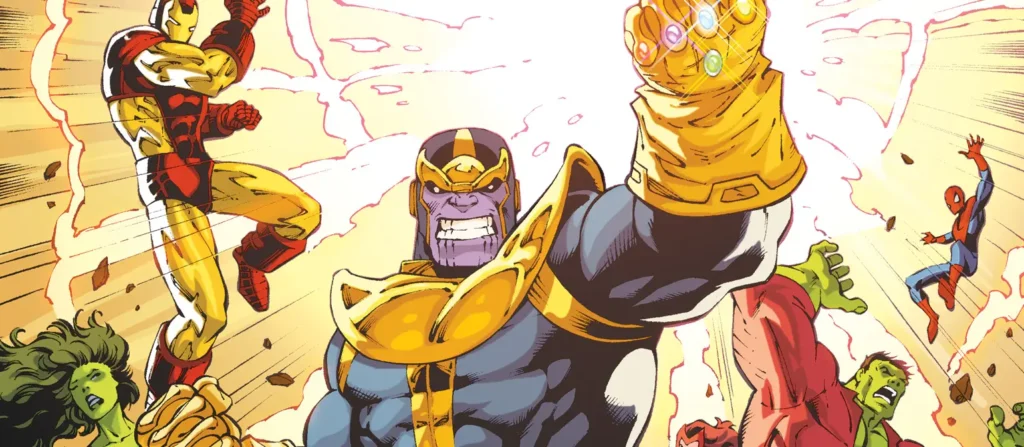
The iconic 1991 “Infinity Gauntlet” storyline by Jim Starlin saw the mad titan Thanos once again cement his reputation as Iron Man’s most recurring fatal foe. After acquiring limitless power with the Infinity Gauntlet containing all six Infinity Gems, Thanos easily defeats Earth’s assembled heroes. Seeking to impress death itself in physical form, Thanos sadistically begins picking off heroes one-by-one. For Iron Man, Thanos turns an ally into a weapon. He cruelly mind-controls Iron Man’s friend Teraxxia into tortuously killing Stark, dragging out his suffering as armor and machinery explode and rupture from within while a helpless Tony screams. She then encases his corpse in molten metal as a tribute to Thanos.
The brutal manner of Iron Man’s death raised the stakes and threat level for Thanos to previously unseen heights. His casual shattering of Teraxxia’s mind solely to make Iron Man suffer marked Thanos as Marvel’s most creatively cruel antagonist. It also helped establish important distinctions from the Infinity Gauntlet storyline’s later film adaptation, Avengers: Endgame, in which Iron Man and Thanos’ fates become deeply intertwined in their climactic faceoff. Thanos may delight in Tony Stark’s agony on the comic page, but only Robert Downey Jr.’s Iron Man proves the Avenger bold enough to sacrifice everything while still triumphing over Josh Brolin’s Thanos on screen.
The Ultimate Sacrifice in ‘Secret Wars’
The original 1984-1985 Marvel crossover “Secret Wars”, written by Jim Shooter with art by Mike Zeck and Bob Layton, took heroes and villains from Earth to battle on a distant planet called Battleworld. After numerous clashes, the remaining heroes and villains converge for a massive melee. Amid the chaos, Iron Man battles valiantly before ending up grappling with rival businessman Lex Luthor, who wears a stolen high-tech armor. Their fight damages the planetary controls maintaining Battleworld’s vital atmosphere. Heroically accepting his duty, Iron Man flies into space intending to manually seal the breaching planetary systems, even at the cost of his own suffocation. Upon succeeding, he immediately perishes from vacuum exposure and crashes lifelessly back down to Battleworld. Captain America subsequently honored his fallen friend with a makeshift memorial.
Iron Man’s sacrifice marked a rare instance of Tony Stark laying down his life to definitively save the day on sheer heroism alone. Most comics depict Iron Man dying from defeat, but Secret Wars showed Tony Stark giving everything for victory. The narrative circumstances uniquely allow Stark the opportunity to display his heart and character instead of relying solely on armor or intellect. While obviously reversed later when Battleworld disappears, Iron Man’s actions stand proudly as perhaps his most gloriously valiant death in Marvel lore. They also further the iconic bonds between Iron Man and his respected colleague in arms, Captain America – a shared history on great display when Captain America himself later dies heroically and Iron Man mourns tremendously.
Iron Man’s Faked Deaths: A Tactical Maneuver
Not all seemingly fatal moments result in a true death for crafty Tony Stark. Occasionally to advance his goals against enemies, Iron Man has faked dying, often elaborately. The subterfuge lets Iron Man get the drop on villains who lowered their guards, providing an opportune moment to strike. Faking deaths epitomizes Stark’s use of his technical brilliance for cunning and deception against formidable foes.
The Controversial ‘Avengers: The Crossing’
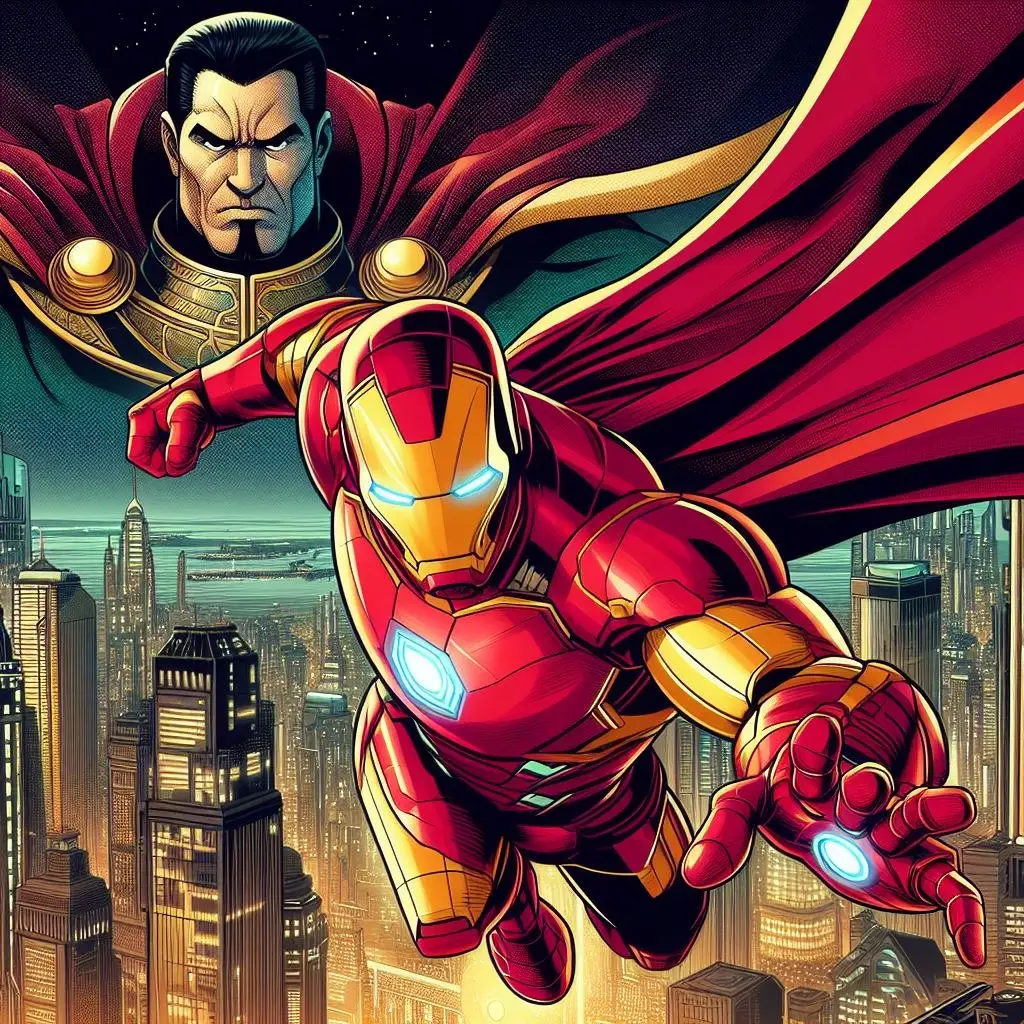
One controversial use of Tony Stark faking his demise came in the mid-1990s storyline “Avengers: The Crossing,” by Mark Waid and Terry Dodson. Iron Man mysteriously reappears after months missing, but his behavior grows increasingly erratic and antagonistic. He murders allies, forces teammates to battle each other, and eventually reveals himself as a sleeper agent for time-traveling villain Kang the Conqueror. In truth, Stark’s odd actions stem from Kang manipulating Tony’s mind since childhood. After his identity as a traitor gets exposed, Stark interfaces his armor with Kang’s control crown and sacrifices himself to destroy the villain’s power sources. While it appears Iron Man perished saving the world from himself and Kang, later stories reveal Stark covertly uploaded his consciousness beforehand, faking demise once again.
Response to “The Crossing” proved intensely divisive for its plot choices in making Iron Man a traitor and would-be world conqueror. Many critics and fans saw such stories as a character assassination on Stark, portraying the hero in over-the-top villainous extremes. Marvel would go on to retcon away Kang’s historical manipulations, chalking Stark’s villainy up to a mind-altering neurological disease instead. Iron Man playing possum from his seeming explosive death angered those who wanted the dramatic status reset of Iron Man actually dying to redeem himself legitimately.
Iron Man’s Death in Alternate Universes
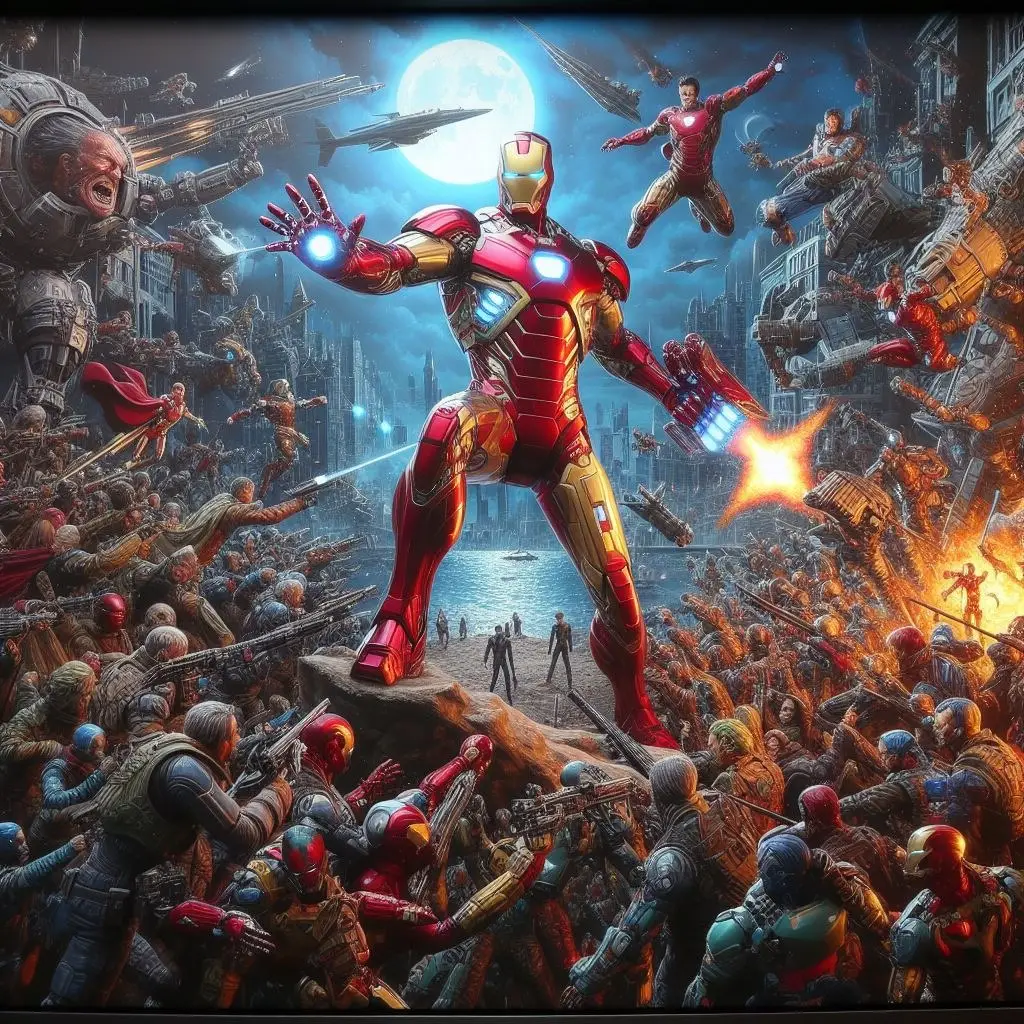
While Iron Man dies constantly across main Marvel continuity, comic storytellers find even more freedom for shocking demises by placing Tony Stark in alternate universes and warped realities. In these skewed worlds, anything goes, including manifold weird ends for Shellhead.
For example, in Marvel’s MAX imprint title “U.S. War Machine”, set in an alternate dystopian future, Iron Man dies battling an ultra-violent incarnation of Punisher. Another Elseworlds tale, “Ruins”, depicts Iron Man and other heroes as failed experiments with Tony Stark blowing himself up. One popular storyline includes the Marvel Zombies universe where zombified heroes crave flesh, including an undead alternate Iron Man. With parallel world tales, authors craft intensified subversions of Iron Man, fully twisting expectations for what even his death should entail. The possibilities for Stark’s demise expands exponentially.
Once more, viewing the myriad deaths of Iron Man across such stories spotlights the potential of the comic page for endless imagination and reinvention. When unbound fully from continuity, Tony Stark’s deaths reflect extremes of creativity where almost nothing remains sacred. Even an icon like Iron Man must eventually fall given the limitless multiversal landscape where Marvel’s storytelling continues evolving across every plane of reality.
Conclusion
The myriad deaths of Iron Man throughout Marvel Comics reveal the narrative power of mortality within an endless serial fiction form. While such deaths shock and dismay readers initially, their reversible nature means fans take morbid enjoyment from seeing writers craft ever-more intense and visually stunning ends for beloved heroes. Iron Man’s frequent tragic ends showcase the creativity and flexibility of comic storytelling to use death to propel emotional arcs again and again. Much as Tony Stark continually builds new and improved Iron Man models, Marvel’s authors keep finding novel ways to dispatch their heroes from existence for dramatic punch.
Thanos violently ripping Iron Man’s head from his shoulders, Captain Marvel searing through his armor mid-flight, Thanos again emotionally torturing Iron Man via a friend’s mind-control – these haunting images linger as some of Tony Stark’s most agonizing deaths. Yet also rich are redemptive last stands like his noble sacrifice in Secret Wars and others where he fakes death to later outwit opponents.
Regardless what unusual form his latest death takes, Iron Man always returns anew, ready to lay down his life once more when Marvel decides they need maximum stakes for their next event-shaking arcs. Iron Man thus epitomizes the story engine driving careers like Robert Downey Jr’s decade-dominating film stint as Tony Stark. Heroes are only as engaging as their defeats and sacrifices. For Marvel’s beloved armored avenger, sound defeat means thrilling victory when Stark overcomes death again and soars higher than ever on repulsor-powered wings of imagination’s endless inspiration.



Leave a Reply